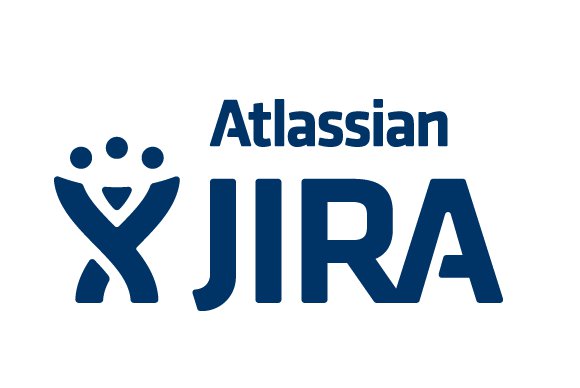

DevOps Tools - Jira
What is Atlassian Jira?
 Jira is a software development tool for agile teams to plan, track, and release world-class software. Connecting JIRA issues to the rest of your tools helps break down barriers and unleash the potential of your team.
Jira is a software development tool for agile teams to plan, track, and release world-class software. Connecting JIRA issues to the rest of your tools helps break down barriers and unleash the potential of your team.
What is Jira used for?
Jira Software is part of a family of products designed to help teams of all types manage work. Originally, Jira was designed as a bug and issue tracker. But today, Jira has evolved into a powerful work management tool for all kinds of use cases, from requirements and test case management to agile software development. In this guide, you'll learn which features and functionalities of Jira can help your team with your unique needs.
1. Jira for requirements & test case management
An increasing number of teams today are developing more iteratively, and Jira Software is the central hub for the coding, collaboration, and release stages. For test management, Jira integrates with a variety of add-ons so the QA’s testing slides seamlessly into the software development cycle. Teams can test effectively and iteratively. QA teams Use Jira issues, customized screens, fields, and workflows to manage manual and automated tests.
2. Jira for agile teams
For teams who practice agile methodologies, Jira Software provides scrum and kanban boards out-of-the box. Boards are a task management hubs, where tasks are mapped to customizable workflows. Boards provide transparency across team work and visibility into the status of every work item. Time tracking capabilities, and real-time performance reports (burn-up/down charts, sprint reports, velocity charts) enable teams to closely monitor their productivity over time. Find your agile boards in Jira Software Cloud classic projects.
- Issue tracking
- Kanban boards
- Customizable workflows
- Project- level permissions
- Estimation & work logging
- Project backlogs
- Progress reports
- Email notifications
- Scrum boards
3. Jira for project management teams
Jira Software Cloud can be configured to fit any type of project. Teams can start with a project template or create their own custom workflow. Jira issues, also known as tasks, tracks each piece of work that needs to pass through the workflow steps to completion. Customizable permissions enable admins to determine who can see and perform which actions. With all project information in place, reports can be generated to track progress, productivity, and ensure nothing slips.
- Issue / Task management
- Project backlogs
- Project customization
- Issue customization
- Report & Analytics
- Granular user permissions
- Integrated mobile app
- Workflow customization
4. Jira for software development teams
Jira Software Cloud provides planning and roadmap tools so teams can manage stakeholders, budgets, and feature requirements from day one. Jira integrates with a variety of CI/CD tools to facilitate transparency throughout the software development life cycle. When it’s ready to deploy, live production code status information is surfaced in the Jira issue. Integrated feature flagging tools allow teams to roll out new features gradually and safely.
- Release planning
- Project Backlog
- Sprint planning
- Jira Service Desk integration
- CI/CD integrations
- Feature flagging
- Issue management
- Developer tool integrations
5. Jira for product management teams
In Jira Software Cloud’s next gen template, teams can build a roadmap that’s associated with each project. The roadmap enables teams to sketch out the longer term view of their work as well as track and share progress for their roadmap. Add more detail to your roadmaps, surfacing dependencies and forecasts for when you might complete your work. Create a view highlighting ‘live’ roadmaps from multiple teams by embedding the Jira Software roadmap into Confluence.
- Next gen template
- Advanced roadmaps
- Project roadmap
- Dependency mapping
- Roadmap progress tracking
- Forecasts
- Roadmap sharing
- Confluence integration
6. Jira for task management
Create tasks for yourself and members of your team to work on, complete with its details, due dates, and reminders. Utilize subtasks to breakdown larger items of work. Allow others to watch the task to track its progress and be notified when it’s completed. Create sub-tasks within the parent task to break down the unit of work into digestible pieces for various members of the team. View all tasks on the board to easily visualize each’s status.
- Email notifications
- Custom fields
- Issue hierarchy
- Task linking / relationships
- Subtasks
- Project linking
- Task change log / history
7. Jira for bug tracking
Bugs are just a name for to-do's stemming from problems within the software a team is building. It is important for teams to view all the tasks and bugs in the backlog so they can prioritize big picture goals. Jira’s powerful workflow engine ensures that bugs are automatically assigned and prioritized once they are captured. Teams can then track a bug through to completion.
- Product / Issue backlog
- Task / bug linking
- Customizable workflows
- Project level configuration
- Email notifications
- Project rules
Select the language of your preference